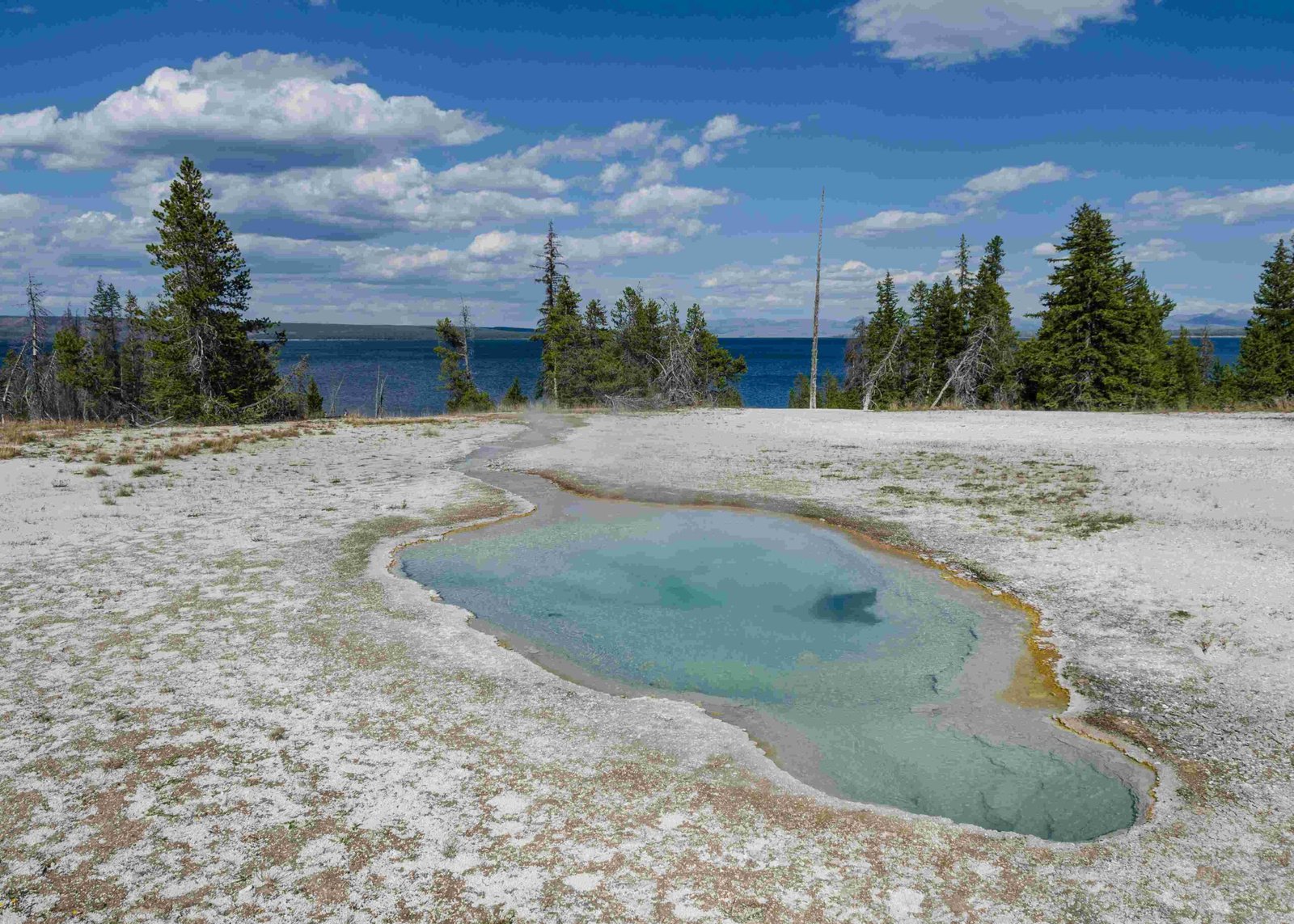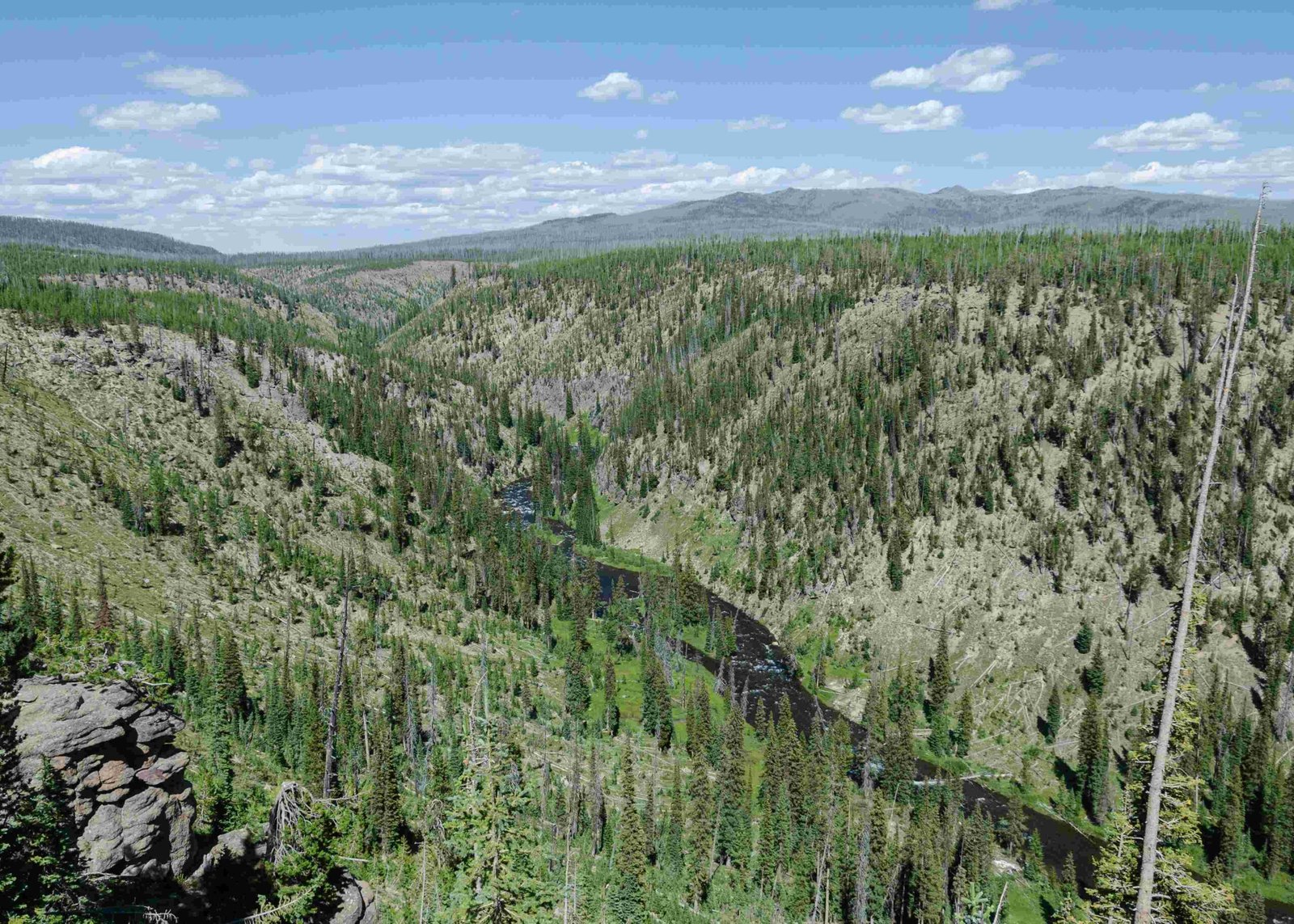Driving a motorhome in Yellowstone National Park offers a unique and immersive way to experience America’s first national park. This comprehensive guide covers essential information for RV enthusiasts, including route planning, campground options, driving tips, and park regulations. From navigating steep grades to finding suitable parking at popular attractions, this article provides crucial insights for a safe and enjoyable motorhome adventure in Yellowstone’s diverse landscape.
What Are the Best RV Routes Within Yellowstone National Park?

When planning your motorhome journey through Yellowstone, it’s crucial to choose the most suitable routes. Here’s a breakdown of the main entrance options and their characteristics:
- North Entrance (Gardiner, Montana)
- Easiest access for RVs
- Well-maintained roads
-
Avoids steep grades and narrow passages
-
West Entrance (West Yellowstone, Montana)
- Accessible via U.S. Route 191 or U.S. 20
-
U.S. 20 includes Targhee Pass with long grades but manageable for RVs
-
South Entrance
- Connects to Grand Teton National Park
-
Be cautious of grades around Targhee Pass
-
East Entrance
- Challenging due to mountainous terrain
- U.S. Route 16 recommended for RVs
-
Wide shoulders and passing lanes, but steep grades and high elevations
-
Northeast Entrance
- Scenic but not recommended for large RVs
- Switchbacks and steep mountain grades on U.S. Route 212
How Do Seasonal Closures Affect Motorhome Travel in Yellowstone?

Yellowstone’s diverse climate and terrain lead to seasonal road closures that can impact your motorhome trip:
- Spring and Fall Closures: Roads from Norris to Madison, Norris to Canyon Village, and Canyon Village to Washburn Hot Springs Overlook are typically closed from March to mid-December.
- Winter Restrictions: Many park roads close to regular vehicles in winter, with limited oversnow travel available.
- Weather-Related Closures: High-elevation roads like the Beartooth Highway may close temporarily due to sudden weather changes.
Always check the Yellowstone National Park website for current road conditions before your trip.
What Are the Motorhome Camping Regulations in Yellowstone?
Understanding Yellowstone’s camping regulations is essential for a smooth motorhome experience:
Maximum Vehicle Lengths
- All park roads have a maximum vehicle length of 75 feet.
Campsite Reservation Procedures
- For campgrounds managed by Yellowstone National Park Lodges, book at www.yellowstonenationalparklodges.com.
- Other campgrounds can be reserved through www.recreation.gov.
Campground Amenities
| Campground | RV Length | Hookups | Dump Station | Other Features |
|---|---|---|---|---|
| Fishing Bridge RV Park | Varies | Full | Yes | Pull-through and back-in sites |
| Grant Village | Up to 40 ft | No | Yes | Back-in and pull-through sites |
| Madison | Up to 40 ft | No | Yes | Pull-through and back-in sites |
| Mammoth | Up to 75 ft (summer), 30 ft (winter) | No | No | Generator use allowed |
Associated Fees
- Campsite fees range from $20 to $30 per night for basic sites.
- Fishing Bridge RV Park with full hookups is more expensive.
What Are the Essential Driving Tips for Navigating Yellowstone in a Motorhome?
Driving a motorhome in Yellowstone requires extra caution and preparation:
- Avoid Challenging Routes:
- Steer clear of the Beartooth Highway and Bighorn Mountains if possible.
-
Use U.S. Route 16 for easier access through the east entrance.
-
Be Prepared for Wildlife:
- Drive slowly and stay alert for wildlife crossings.
-
Bison herds can cause significant delays.
-
Adhere to Speed Limits:
- Drive slowly, especially in construction zones and areas with loose gravel.
-
Follow recommended speed limits to prevent vehicle damage.
-
Plan for Steep Grades:
- Be prepared for long uphill and downhill stretches.
-
Use lower gears when descending steep grades to avoid overheating brakes.
-
Watch for Narrow Roads:
- Some park roads can be narrow, requiring extra caution when passing other vehicles.
What Are the Parking Regulations for Motorhomes at Key Attractions?
Navigating popular attractions in your motorhome requires planning:
Designated RV Parking Areas
- Major sites like Old Faithful, Mammoth Hot Springs, and the Grand Canyon of the Yellowstone have specific RV parking areas.
- These areas can fill up quickly during peak season, so arrive early.
Size Limitations
- Most parking areas accommodate RVs up to 30-40 feet in length.
- Some locations may have more restrictive size limits.
Time Restrictions
- While there are no specific time limits for parking at attractions, be considerate during busy periods.
- Plan visits to popular spots during off-peak hours to avoid congestion.
How Can I Ensure a Safe and Enjoyable Motorhome Trip in Yellowstone?
- Plan Your Route Carefully:
- Use park maps and GPS designed for RVs to avoid roads unsuitable for large vehicles.
-
Allow extra time for slower travel and potential wildlife delays.
-
Check Weather and Road Conditions:
- Stay informed about weather forecasts and road closures.
-
Be prepared for sudden changes in weather, especially at higher elevations.
-
Respect Wildlife:
- Maintain a safe distance from all wildlife.
-
Never feed animals or approach them for photos.
-
Practice Leave No Trace:
- Dispose of waste properly and use designated dump stations.
-
Minimize campfire impacts and respect fire regulations.
-
Be Self-Sufficient:
- Carry extra food, water, and fuel.
- Ensure your motorhome is in good condition before entering the park.
By following these guidelines and respecting park regulations, you can enjoy a memorable and responsible motorhome adventure in Yellowstone National Park.

